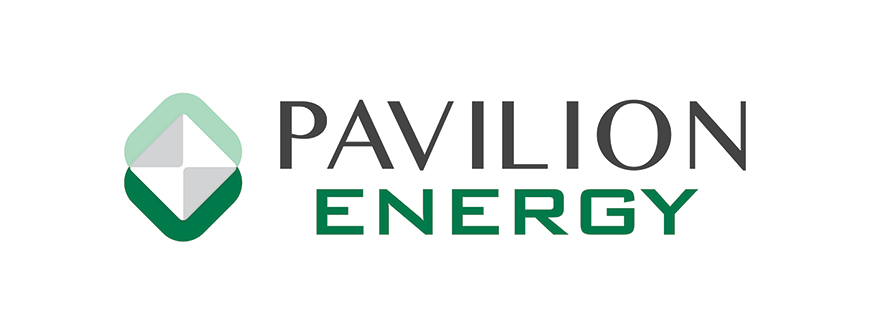China, India To Absorb Half of LNG Demand Growth to 2020: Pavilion
China and India are expected to account for half of total LNG demand growth from now till 2020, Seah Moon Ming, Group CEO, Pavilion Energy said during the opening keynote speech at the 8th World LNG Series: Asia Pacific Summit being held in Singapore from September 20 to 23.
Seah expects the Southeast Asia region to be a major demand driver as well. “LNG demand in Southeast Asia is also expected to rise. Between 2000 to 2013, we have already seen energy demand in this region increase more than 50%. Traditional exporters of LNG, like Indonesia, are also facing increasing domestic demand and may end up becoming net importers in the near future. China, India and Southeast Asia (or “CIS”) may soon become the next “JKT” of LNG imports,” he said.

Although demand prospect from emerging Asia remains bright, he said, overall operating environment is challenging due to low LNG prices. “Quite a number of LNG projects have been put in ‘pause’ mode, as companies take on more conservative investment positions. We will likely not see more than 20% of currently planned LNG projects sanctioned (or achieved FID) before 2025.”
However, Seah suggested that this is the time to look beyond the horizon, at longer-term prospects. We need to remind ourselves that the long-term fundamentals remain bright for energy demand as a whole, he stated.
New LNG Markets: Pavilion and Exxon Mobil cooperating in bunkers
In current low price environment, creating new and alternate markets for LNG and fostering greater cooperation in the region to develop LNG solutions are two ways that can unlock LNG potential, according to Seah.
Although emerging Asia remains the brightest spot, this region alone is not likely able to take on new LNG supply. With its aim to reduce reliance on piped gas, Seah said, in the mid to long-term, Europe would emerge to be a key demand centre for LNG.
Pavilion Energy sees LNG bunkering as another key market for LNG demand growth where partners can work together to develop the sector. Pavilion Energy and ExxonMobil are collaborating to develop solutions for LNG bunkering and other downstream developments in Singapore, he said.
According to Seah, the scope of regional collaboration included exploring opportunities in small-scale LNG projects as well as joint marketing, trading and procurement. “We see these opportunities as mutually beneficial. With more regional collaboration, the market potential for small-scale LNG will be clearly evident, as economies in the region look to replace diesel with cleaner and cheaper natural gas,” he said.
Last month, Pavilion signed a MoU with Indonesia’s Pertamina to cooperate in energy projects, especially small-scale LNG projects.
Shardul Sharma


